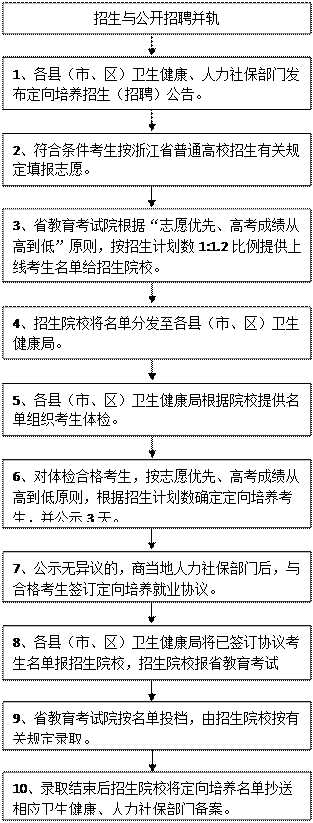傍(bàng)
用作动词时,表示紧挨着、靠近;用作名词时,指靠近的地方。

用法
“傍”是一个多义词,可以作为动词或名词使用。作为动词时,常用于描述物体与物体之间的位置关系,表示紧挨着、靠近。作为名词时,则指靠近的地方。
例句1:The house is built right next to the river, so it's always surrounded by the sound of water. (这栋房子建在河边,所以一直被水声包围着。)
例句2:She stood by the window, watching the rain pour down. (她站在窗边,看着雨水倾泻而下。)
例句3:The dog was lying beside its owner, enjoying the warmth of his body. (狗躺在主人身旁,享受着他身体的温暖。)
例句4:The village is situated close to the mountain, providing a stunning view for its residents. (这个村庄坐落在山脚下,为居民提供了迷人的景色。)
例句5:He always likes to sit next to me in class, probably because I have all the answers. (他总是喜欢坐在我旁边上课,可能是因为我知道所有的答案。)
同义词及用法
1. 邻近 (lín jìn):作为动词时,指紧挨着、接近;作为名词时,指附近的地方。
例句:The two houses are very close to each other, so they are considered neighbors. (这两栋房子非常靠近,所以被视为邻居。)
2. 接近 (jiē jìn):作为动词时,表示向某物或某人靠近;作为形容词时,表示距离很近。
例句:The child ran towards his mother, eager to show her his new toy. (孩子跑向妈妈,急切地想给她看他的新玩具。)
3. 靠拢 (kào lǒng):作为动词时,指向某物或某人移动,使距离变得更近。
例句:The students were asked to move their desks closer together for group work. (学生们被要求把桌子靠拢一起做小组活动。)
编辑总结
“傍”是一个常用的多义词,在不同的语境中可以有不同的含义。作为动词时,常用于描述物体之间的位置关系;作为名词时,则指附近或靠近的地方。通过使用同义词可以丰富语言表达,在写作和口语中都可以灵活运用。

 微信扫一扫打赏
微信扫一扫打赏
 支付宝扫一扫打赏
支付宝扫一扫打赏

